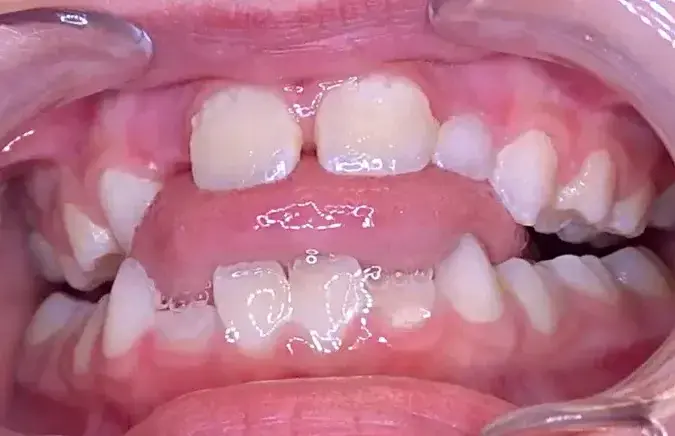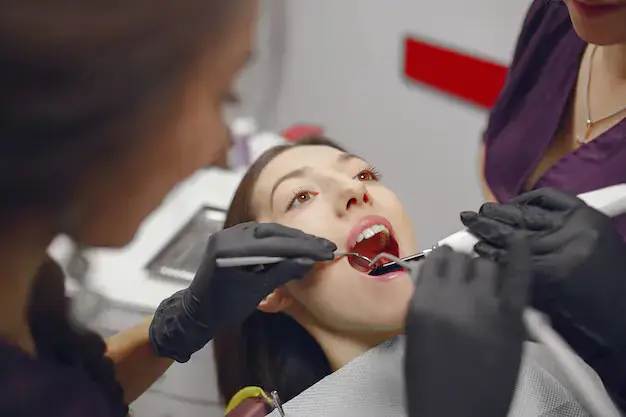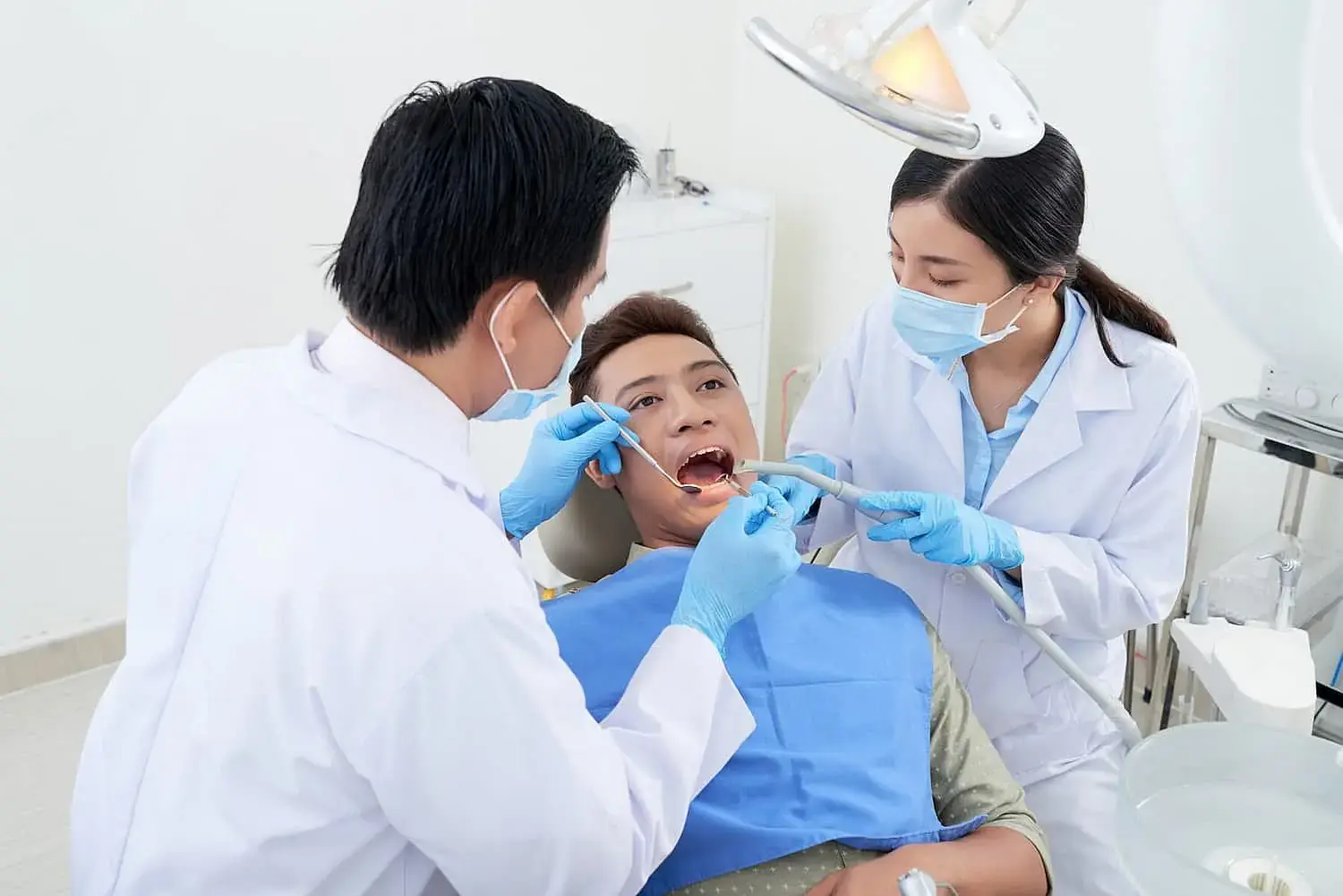From a speech development perspective, tongue thrust can contribute to articulation disorders, particularly affecting the production of sounds such as /s/, /z/, /t/, /d/, /n/, and /l/. Understanding tongue thrust is crucial for healthcare professionals, including dentists, orthodontists, and speech-language pathologists, as early identification and intervention can prevent or mitigate the adverse effects on dental and speech outcomes, thereby promoting optimal oral health and communication abilities.

What Causes Tongue Thrust
Genetic factors may predispose certain individuals to develop tongue thrust, yet environmental factors often play a significant role in its manifestation. Infant tongue habits and early age behaviors, such as the way an infant uses their tongue during feeding and swallowing, can contribute to the development of this condition.
Specific causes include imitation of parents or close acquaintances, prolonged thumb sucking, pacifier use, and bottle feeding, which can alter the natural positioning and function of the tongue over time. These behaviors can lead to maladaptive oral postures and swallowing patterns, thereby exacerbating the likelihood of developing tongue thrust. Understanding the interplay between these genetic and environmental factors is crucial for early intervention and management of the condition.

Types of Tongue Thrust
Tongue thrust, a condition characterized by the abnormal positioning of the tongue during swallowing, speaking, or at rest, can be classified into several types, each with distinct characteristics and implications for oral health.
The middle forward type is the most common and is marked by the tongue pressing against the front teeth, often resulting in spaces or even an open bite where the upper and lower teeth do not meet. This type can lead to malocclusion, speech difficulties, and increased risk of periodontal disease due to improper alignment of teeth.
Lower tongue thrust is also possible and can lead to a dental underbite and spaces. On the other hand, lateral thrust involves the tongue pushing against the side teeth, potentially causing crossbites or open bites on the sides of the dental arch. This can result in uneven wear on the teeth and may contribute to temporomandibular joint disorders. Both types of tongue thrust can have significant impacts on oral health, necessitating early diagnosis and intervention to prevent long-term dental complications.
Symptoms and Diagnosis
The identification of symptoms related to tongue thrust involves observing specific indicators such as abnormal tongue positioning and the presence of push tooth patterns. These symptoms can manifest as the tongue exerting pressure against the teeth, potentially leading to dental misalignment. Diagnosing tongue thrust requires a comprehensive approach that includes the observation of swallow patterns, where the tongue may move forward between the teeth during swallowing, rather than pressing against the roof of the mouth. Additionally, a speech evaluation is crucial, as tongue thrust can influence speech articulation, resulting in difficulties with certain sounds. Through these diagnostic methods, healthcare professionals can accurately identify tongue thrust and develop appropriate treatment plans. A tongue thrust is often acompanied by spacing between the teeth, lack of sufficient overlap (open bite), overbites or underbites.


Tongue Thrust in Children
If a tongue thrust persists beyond the age of four to six years, it may indicate underlying issues that require intervention. The impact of tongue thrust on a child’s development is multifaceted, potentially affecting oral health, dental alignment, and speech articulation. A thorough examination by an orthodontist by age 7 is necessary to evaluate the impact of the tongue thrust in the child’s orofacial development and if early intervention is necessary. Neglecting this condition to mid or late adolescence may make orthodontic treatment very difficult and requiring of support of orthognathic surgery for a full correction.
Treatment Options for Tongue Thrust
Behavioral therapy, often administered by an orthodontist or speech-language pathologist, plays a pivotal role in retraining the tongue’s position and function, thereby reducing the impact of tongue thrust on speech and dental alignment. Orthodontic interventions, including the use of braces or a palatal expander, are frequently employed to correct dental misalignments caused by tongue thrust.
Dental appliances such as tongue cribs are also instrumental in preventing the tongue from exerting pressure on the teeth, thereby aiding in the correction of this condition, in cases non responsive to behavioral therapy and retraining of the tongue. The importance of early intervention cannot be overstated, as addressing tongue thrust at a young age can prevent more severe dental and speech issues from developing, thereby promoting optimal oral health and function.

Myofunctional Therapy for Tongue Thrust
Techniques employed in this therapy may include targeted exercises to enhance tongue elevation, lateralization, and coordination during swallowing, as well as strategies to ensure proper lip closure and nasal breathing. Through consistent practice and guidance from a trained myofunctional therapist, patients can achieve improved oral function and long-term benefits in their overall oral health.


Long-term Management and Prognosis
Patient education plays a crucial role in ensuring adherence to prescribed exercises and awareness of potential triggers for tongue thrust. Regular follow-up appointments with healthcare providers are essential to monitor progress, make necessary adjustments to the treatment plan, and reinforce positive habits. The long-term prognosis for individuals with tongue thrust is generally favorable when these strategies are implemented effectively, as they can lead to significant improvements in oral function and reduce the likelihood of recurrence.
